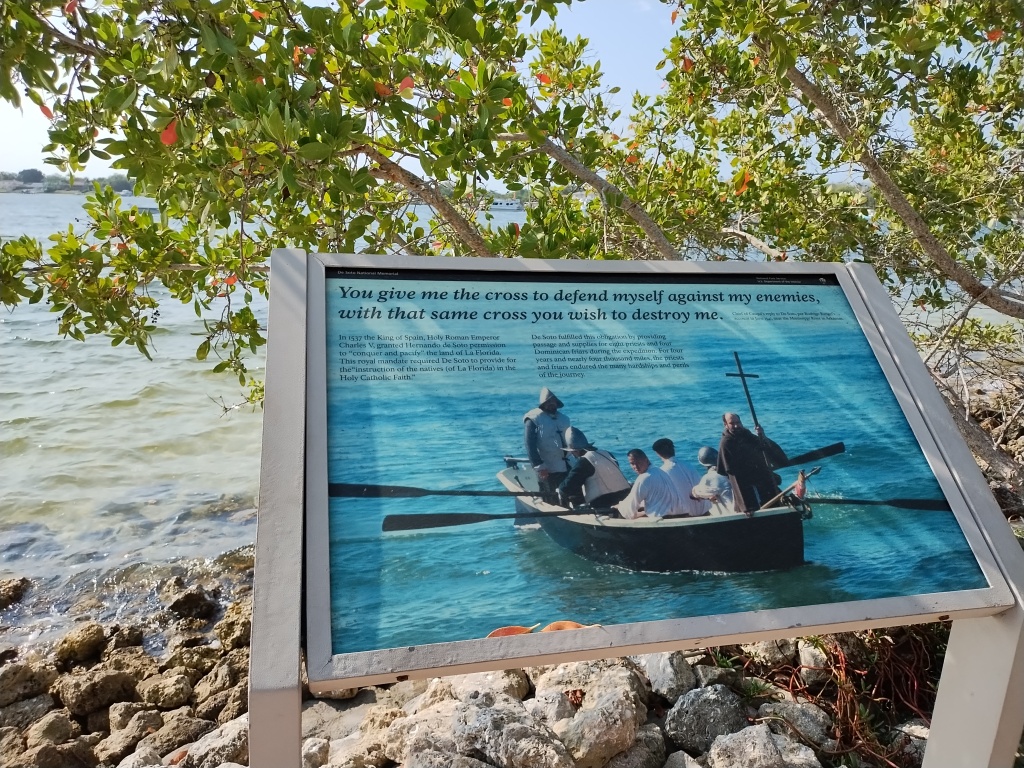One of the largest demographic shifts in American history continues: Florida’s population will soon surpass that of New York.
When the 2013 census results are revealed on Monday, Florida is expected to edge out New York as the third most populous state. The population gap between New York and Florida has been closing quickly over the past few years, but the ranking swap could still signify changes ahead for both states.
According to The New York Times, the new census figures reflect the trend of migrants born outside the U.S. making their way toward sunnier states, like California, Texas — the top two most populous states — and Florida. The Times reports that roughly 50,000 New Yorkers move to Florida each year, compared with only 25,000 Floridians who come to New York. Though New York state’s population is still growing, it is far outpaced by Florida growth. And upstate New York is largely economically stagnant, while cities like Tampa and Jacksonville flourish…
A larger population can dictate a state’s future, in addition to simply reflecting its current circumstance. It means a larger chunk of the federal government’s money and more political representation. The New York Times explains:
The changing population pattern could have many practical and political implications, including diminished congressional delegations, a setback New York already suffered in 2010 — the year of the last decennial census count — when the state lost two districts, while Florida gained two seats. Census data also inform how billions of dollars in federal funding and grants are divvied up among the states, for things like highway planning and construction, public aid for housing and health care and education programs.
It is interesting to see the attention these estimates are getting. This population shift to the Sunbelt has been happening for decades now, spurred on by being closer to immigration sources (the 1965 Immigration Act helped increase immigration from Mexico and Latin America), warmer weather, more affordable housing, and economic growth. But, I suspect there are some other reasons in particular to point out the closeness in population of New York and Florida:
1. New York, particularly New York City, is seen as an American center of power (economic, political, cultural, social). Florida is seen as a place where people go on vacation or to retire. Yet, the population shift suggests Florida might be able to grow in power and influence while a relative population decline suggests New York has already peaked.
2. A conservative-liberal divide between the two states. For example, the New York Times article cited above mentions the stand your ground law in Florida as well as the implications for Congress. The horrors that might ensue if the people of Florida get to help dictate policy for the people of New York City…
3. It is more difficult to understand larger population trends without having these kinds of comparisons. In other words, we could say the Sunbelt population has grown 15% over 10 years while the population in the Northeast has grown 4% over the same period but these are big areas and vague numbers. Being able to pit two states against each other makes the data more understandable and produces a better news story.










